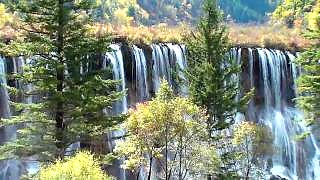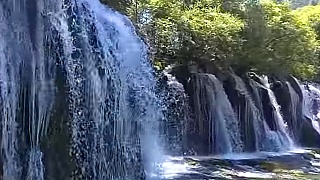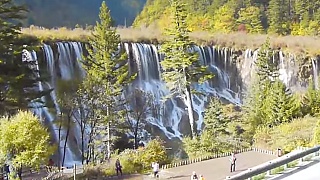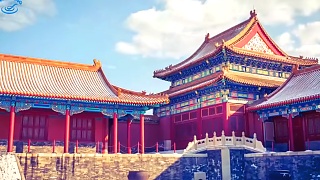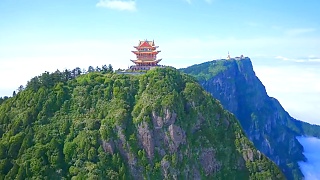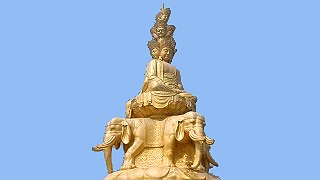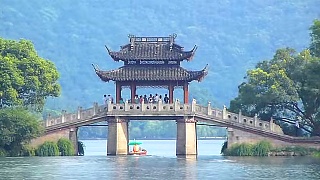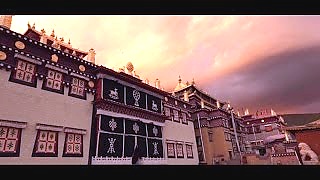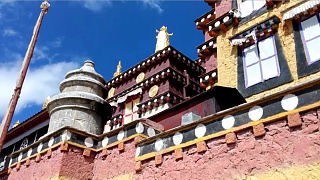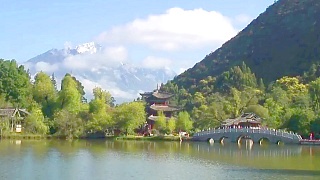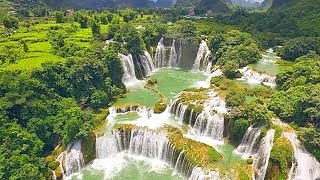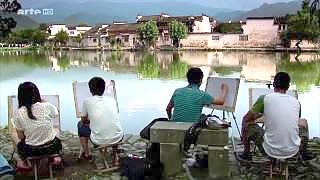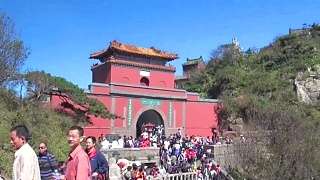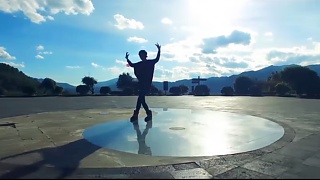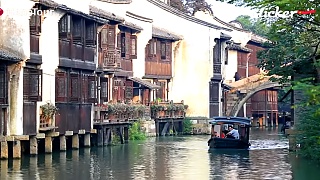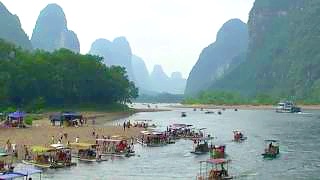JiuZhaiGou Valley (九寨沟), literally 'Nine Villages Valley', is a nature reserve and national park located in the north of SiChuan province, near the GanSu border.
JiuZhaiGou is part of the MinShan mountains on the edge of the Tibetan Plateau, and is known for its many multi-level waterfalls, colorful mineral lakes and snow-capped peaks. The elevation ranges from 2,000 to 4,500 meters (6,600 to 14,800 feet). It lies 330 km (205 miles) north of the provincial capital of Chengdu and is a UNESCO World Heritage Site.
This remote region has been inhabited by various Tibetan and Qiang peoples for many centuries.
The valleys here are lined with 55 km of roads for shuttle buses, as well as wooden boardwalks and small pavilions. The boardwalks are typically located on the opposite side of the lakes from the roads.
Many visitors will first take the shuttle bus to the end of RiZe or ShuZheng valley, then make their way back downhill by foot on the boardwalks, taking the bus when the next site is deemed too distant.
JiuZhaiGou is a ten hour bus ride from ChengDu, or one can fly from ChengDu or ChongQing to JiuZhai HuangLong Airport, then take an hour long bus ride to HuangLong, or a 90 minute ride to JiuZhaiGou. There is also a daily flight to Xi'An, in the peak season, and from BeiJing, ShangHai and HangZhou.

 Scenes from JiuZhaiGou 九寨沟
Scenes from JiuZhaiGou 九寨沟